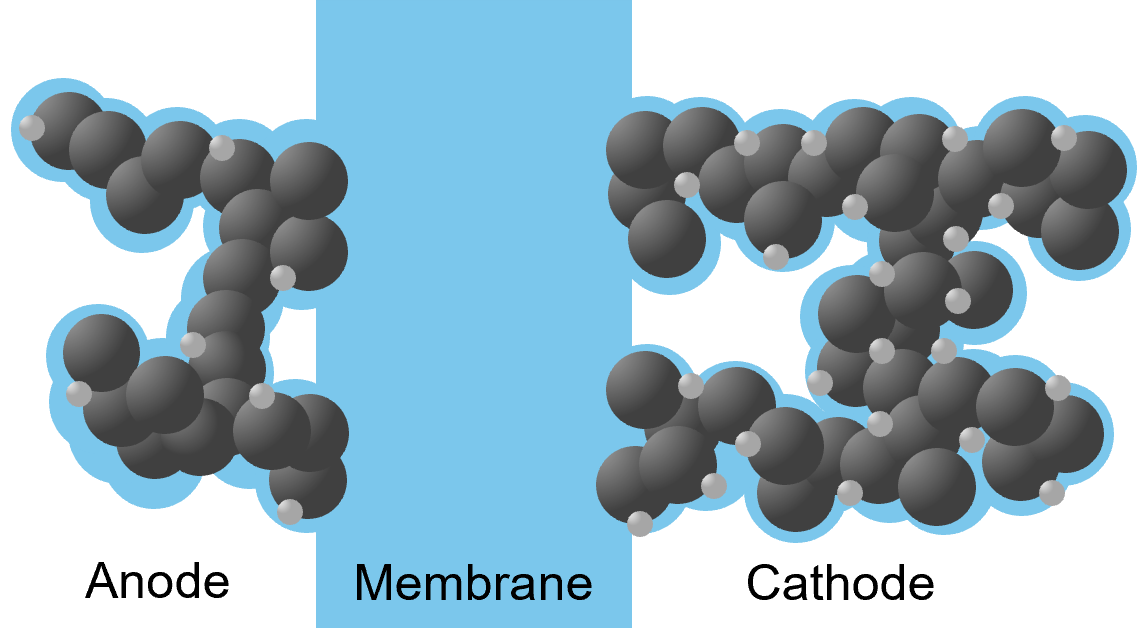DetailCat
- Contact:
Kersten Schwab, M. Sc.
- Project Group:
FCE
- Partner:
Schaeffler AG, Zentrum für Sonnenenergie- und Wasserstoff-Forschung Baden-Württemberg
DetailCat - Developement of tailored catalyst layers by means of impedance analysis in PEM fuel cells
DetailCat - Developement of tailored catalyst layers by means of impedance analysis in PEM fuel cells
Um PEM Brennstoffzellen als Alternative zu Batteriespeichern oder fossilen Brennstoffen in stationären und mobilen Anwendungen zu etablieren, muss ihre Leistungsdichte erhöht und ihr Preis reduziert werden. Ein großer Teil der Kosten wird durch Edelmetallkatalysatoren erzeugt. Eine Verringerung der benötigten Katalysatormenge kann unter anderem durch eine optimale Elektrodenstruktur erreicht werden.
Zur Optimierung von Kosten, Leistung und Wirkungsgrad von PEM Brennstoffzellen werden im Rahmen dieses Projektes Kathodenschichten in ihrer Struktur und Zusammensetzung gezielt variiert. Diese unterschiedlichen Zellen werden mittels Elektrochemischer Impedanzspektroskopie und weiterer In-Situ Methoden charakterisiert. Ziel dieser Charakterisierung ist ein Kathodenmodell, welches auf einem physikalisch motivierten Ersatzschaltbild beruht. Mit Hilfe dieses Modells soll eine optimale Kathodenschicht gefunden werden.

